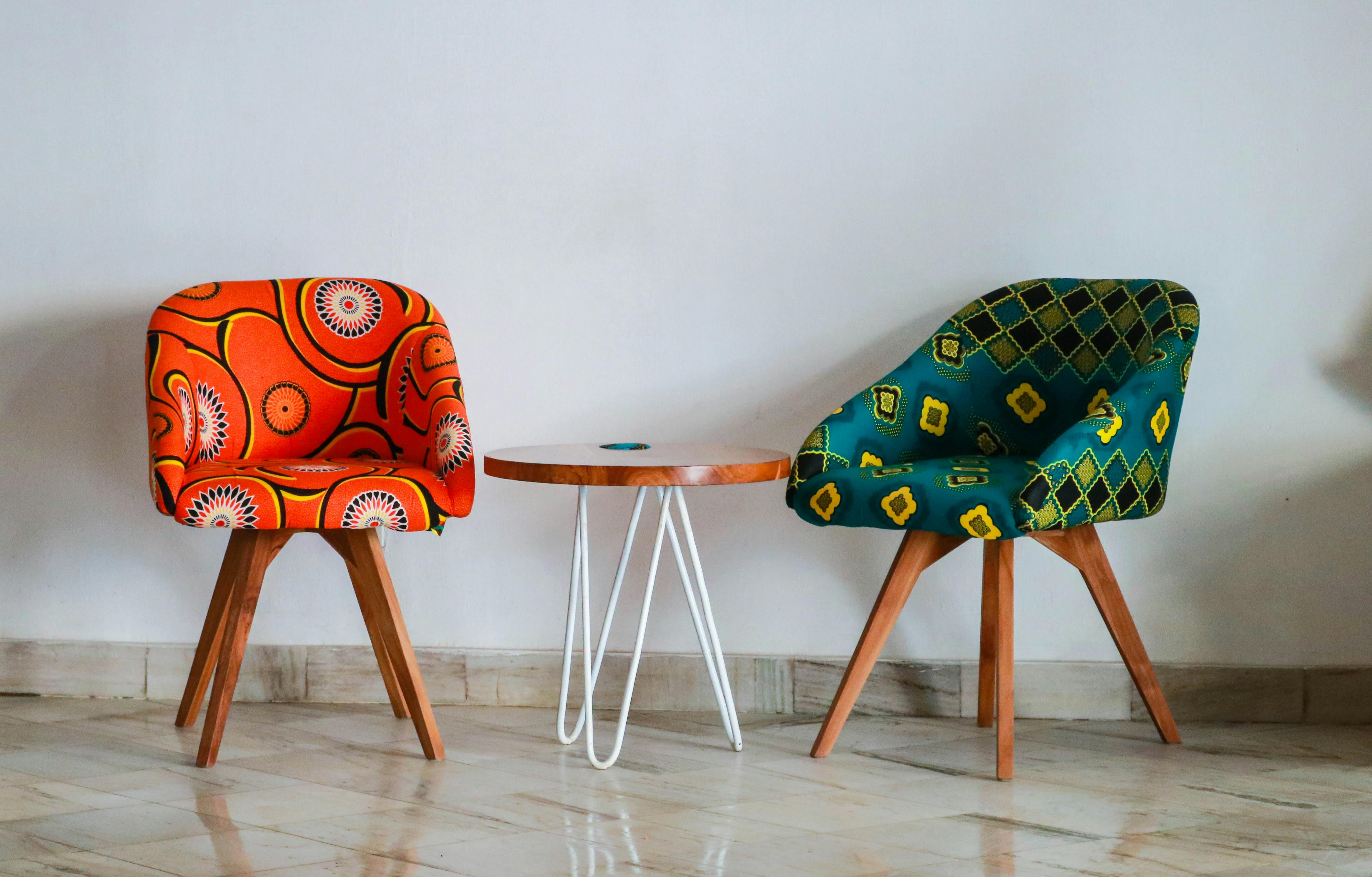Integrating multifunctional furniture in family hubs
Family hubs benefit from furniture that adapts to changing activities, from casual lounging to homework and hosting. Thoughtful integration of multifunctional pieces supports everyday life by improving layout, storage, seating flexibility and acoustics while complementing flooring, rugs and color choices. This article outlines practical design considerations for flexible, durable, and cohesive spaces.

Lighting and acoustics: how to balance mood and function
Good lighting and controlled acoustics are essential when adding multifunctional furniture to active family hubs. Layered lighting—ambient, task, and accent—lets zones shift between reading, homework, and socializing without moving furniture. Consider table or floor lamps built into modular units and pendant lights over seating clusters. Acoustic performance can be improved with soft textiles, rugs, and upholstered furniture that absorb sound; freestanding screens or shelving can also break sound paths. Combining lighting and acoustic strategies ensures that multifunctional pieces contribute to both comfort and practical use across different daily scenarios.
Layout, traffic flow and scale
A clear layout that respects traffic paths helps multifunctional furniture serve multiple uses without creating bottlenecks. Place convertible sofas, daybeds, or benches so they don’t block primary circulation routes; leave at least 30–36 inches for main walkways where possible. Scale furniture to the room—oversized modular pieces can overwhelm compact spaces, while too-small items may feel cluttered when combined. Use zoning techniques such as rugs or open shelving to visually separate areas without fully enclosing them, keeping proportion consistent so each element feels intentional and easy to reconfigure.
Seating, fabric and texture choices
Seating selections for family hubs should balance durability, comfort, and adaptability. Choose fabrics with good abrasion resistance and cleanability for high-use pieces; performance blends and tightly woven textiles can offer stain resistance without sacrificing texture. Texture plays a role in perceived comfort and acoustic dampening—mix smooth leather or faux leather for easy cleaning with textured weaves or boucle for softness. Modular seating that can be rearranged into sofas, daybeds, or ottomans supports varied activities, while removable covers extend lifespan and simplify maintenance in busy households.
Storage, furniture and proportion
Multifunctional furniture often includes built-in storage—drawers under benches, lift-top coffee tables, or sectional pieces with concealed compartments—helping keep family hubs tidy. Pay attention to proportion: storage units should align with the furniture’s scale so they feel integrated rather than tacked on. Use vertical storage where floor space is limited, but balance tall units with lower seating to maintain sightlines. Thoughtful storage reduces clutter, making it easier for a single area to serve as a living room, play zone, and workspace without constant reorganization.
Rugs, flooring and color integration
Rugs and flooring define separate activity zones and protect surfaces when furniture is moved frequently. Position rugs to anchor seating groups and select materials that tolerate traffic and spills—wool blends or synthetic fibers are often practical choices. Flooring transitions should accommodate adjustable furniture legs and casters; hard floors paired with area rugs can be easier to clean after messy family activities. Color choices should coordinate furniture and textiles to create cohesion: neutral bases with accent colors in cushions or rugs allow flexibility as configurations change over time.
Creating flexible zones with furniture
Designing flexible zones means choosing pieces that perform more than one task: sleeper sofas for overnight guests, extendable tables for projects and meals, and stackable stools for extra seating. Pay attention to how pieces connect—modular systems that lock together or use consistent heights make swapping elements simple. Consider circulation when rearranging; keep movement routes clear and group items by function to speed transitions. Texture and finish consistency across multipurpose items helps spaces look curated rather than improvised, even when furniture is frequently reconfigured.
Family hubs are most effective when multifunctional furniture is selected and arranged with attention to lighting, layout, seating fabrics, storage needs, and surface materials. Combining practical storage solutions, acoustically mindful textiles, and adaptable seating supports a range of daily activities while maintaining visual coherence through color, rugs, and proportion. Thoughtful planning around traffic flow and scale allows spaces to shift smoothly between relaxation, work, and socializing, creating resilient, comfortable environments for families of varying routines and sizes.





